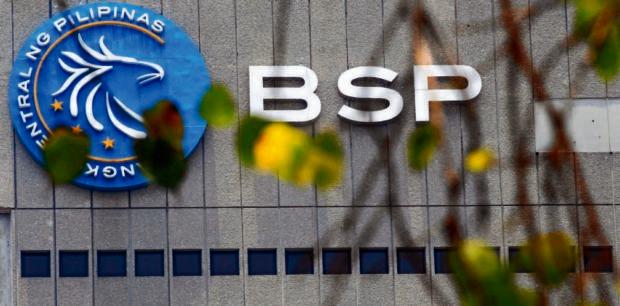The Philippine peso will likely slip back to the 50 levels against the US dollar by 2022, the year when the domestic economy could deliver the kind of output matching the pre-COVID-19 pandemic period, economists from British bank Standard Chartered (Stanchart) said.
This year, the country’s gross domestic product (GDP) will likely grow by 6.1 percent, from a likely full-year contraction of 8.9 percent in 2020.
“Last year was so bad that this year will look much better,” Edward Lee, Stanchart chief economist for Southeast Asia said at a briefing on Friday, adding that Asia would likely continue to outperform this year.
Growth in the Philippines this year will likely be supported by higher public investment while remittances from overseas Filipinos have shown resilience, supporting consumption.
At the earliest, assuming the government’s massive infrastructure spending would come into play, the Philippines could return to pre-COVID economic output in 2022, said Chidu Narayanan, Stanchart Asia economist. The country’s GDP is expected to grow by 6.5 percent next year.
As imports normalize, a larger trade deficit is seen to put an end to the peso’s outperformance among emerging market currencies in the last two years.
While Stanchart remains bearish on the US dollar, Stanchart expects the peso to depreciate to 48 levels in the first quarter and end this year at 49.50 against the greenback. By 2022, the peso is seen to return to 50 levels.
After an exceptional performance in the last three years, most metrics showed that the peso had reached overvalued levels and may now pare gains, said Divya Devesh, Asia foreign exchange strategist at Stanchart.
He also noted that the normalization of import levels after the massive contraction in 2020 would be reversed this year with the reopening of the economy, the rollout of COVID-19 vaccine and increased government spending: “Dollar demand comes into the picture.”
At the same time, Devesh said the peso was not enjoying support from real interest rates. Monetary policy remains accommodative.
As inflation is not expected to be a big concern this year, the economists no longer expect the Bangko Sentral ng Pilipinas (BSP) to slash its overnight policy rates. However, the BSP is still expected to release more liquidity by cutting the reserve requirement ratio on banks by the second half of this year.
However, if the US tapers its quantitative easing via bond-buying purchases earlier than expected, this could boost the US dollar and result in a faster peso depreciation, Devesh said.
Meanwhile, Philippine inflation this year is seen to average at 3.6 percent from 2.5 percent last year, given a low base and an uptick in global oil prices. INQ


